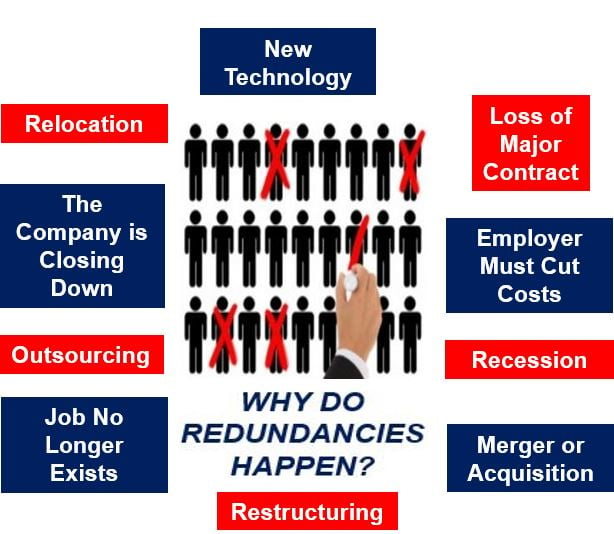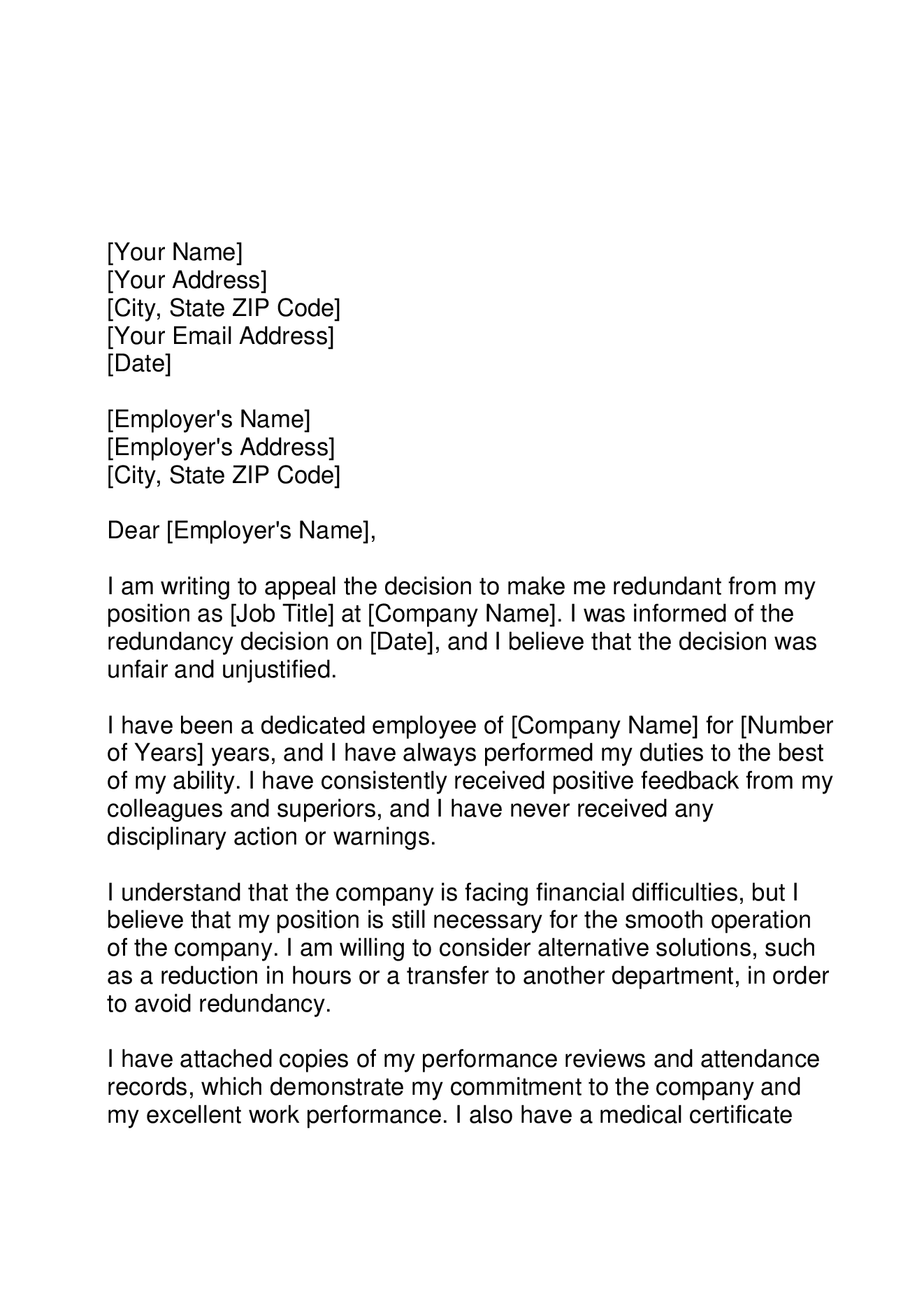Discussed: If a Company Goes Bust Who Pays Redundancy in the UK?
Discussed: If a Company Goes Bust Who Pays Redundancy in the UK?
Blog Article
Checking Out the Operational Dynamics of Business Redundancy and Its Long-Term Sustainability

Redundancy Techniques for Service Continuity
In order to make certain uninterrupted procedures, organizations need to carry out reliable redundancy strategies for business continuity. Redundancy in this context refers to the duplication of critical components or features within a system to minimize the effect of prospective failings. By incorporating redundancy techniques, companies can boost their durability against interruptions created by different factors such as all-natural catastrophes, equipment failures, or cyber-attacks.
One usual redundancy technique is the execution of back-up systems and information storage space solutions. This entails producing matches of important information and systems that can be triggered in case of a main system failing. In addition, companies can develop redundant communication networks and source of power to keep connection and operations throughout unanticipated occasions.
Furthermore, cross-training workers to execute several duties within the company can work as an important redundancy technique. If key employees are inaccessible due to illness or various other reasons, this makes certain that essential jobs can still be lugged out also. Generally, efficient redundancy methods are vital for services to support functional continuity and minimize the influence of possible disruptions.
Effect of Redundancy on Organizational Strength
Given the important duty redundancy approaches play in making certain service connection, exploring the effect of redundancy on organizational resilience ends up being necessary for comprehending the holistic functional characteristics of a firm. Redundancy, when tactically applied, can substantially add to boosting an organization's durability in the face of unexpected difficulties.
Moreover, redundancy can bolster staff member morale and confidence, recognizing that there are contingency strategies in position to deal with unanticipated situations. This feeling of safety and security can cause boosted performance and a more favorable work atmosphere. In addition, redundancy can cultivate technology and imagination within a company as employees feel equipped to take computed risks, recognizing that there is a security net to support them in situation of failure. Overall, the influence of redundancy on business durability is extensive, shaping the long-lasting sustainability and success of a firm.
Balancing Effectiveness and Versatility in Redundancy
Attaining an unified balance in between operational efficiency and flexible flexibility is an essential challenge in the tactical implementation of redundancy within companies. Too much flexibility without a strong operational foundation can result in inefficiencies and variance.
To balance effectiveness and versatility in redundancy preparation, organizations should very carefully examine their operational demands, market characteristics, and critical objectives. Executing lean techniques can enhance performance by improving procedures and getting rid of waste, while fostering a society of versatility and continuous enhancement can increase adaptability. Furthermore, buying cross-training programs and robust communication channels can help grow a functional labor force efficient in managing diverse tasks during periods of change. Inevitably, locating the ideal balance between efficiency and flexibility is vital for constructing a lasting and resistant company when faced with unpredictability.
Long-Term Sustainability With Redundancy Preparation
To make sure enduring practicality and security, companies have to tactically align their redundancy planning with lasting sustainability objectives, thus harmonizing functional efficiency with adaptive versatility. Firms should see redundancy not as a reactive service to prompt troubles but as an aggressive method for long-lasting success.

Aggressive Procedures for Sustainable Company Operations
How can firms proactively enhance their functional sustainability for long-lasting success? Applying positive measures is essential for companies intending to guarantee sustainable procedures. One crucial approach is to invest in modern technology and development to improve processes, decrease waste, and stay competitive out there. Taking on sustainable methods such as reducing power consumption, decreasing carbon footprint, and optimizing resource usage can not just profit the setting but likewise result in cost financial savings over time.
Moreover, promoting a culture of constant renovation and understanding within the organization can enhance versatility to altering market conditions and client needs. Encouraging employee involvement in decision-making procedures and providing possibilities for professional development can improve morale, efficiency, and overall performance. Developing clear objectives, monitoring essential efficiency indicators, and frequently evaluating progress are essential components of positive sustainability monitoring.
Working together with suppliers, clients, and other stakeholders to promote sustainable methods throughout the supply chain can create a ripple impact of favorable influence - redundancy pay if company goes bust. By taking positive actions in the direction of functional sustainability, companies can construct resilience, drive technology, and protect their long-term success in view an ever-evolving business landscape
Conclusion

In the realm of business administration, the calculated implementation of company redundancy stands as an essential yet complex method that demands a fragile balance in between operational effectiveness and lasting feasibility. By studying the operational dynamics that underpin company redundancy and evaluating its more comprehensive implications for organizational resilience and flexibility, a nuanced understanding of exactly how redundancy strategies can form the future trajectory of a business starts to unfold.Given the crucial role redundancy techniques play in making certain business continuity, discovering the influence of redundancy on business strength comes to be critical for recognizing the all natural functional dynamics of a company. On the whole, see the impact of redundancy on organizational resilience is extensive, forming the long-term sustainability and success of a firm.
In conclusion, understanding the functional dynamics of firm redundancy is essential for making certain lasting sustainability.
Report this page